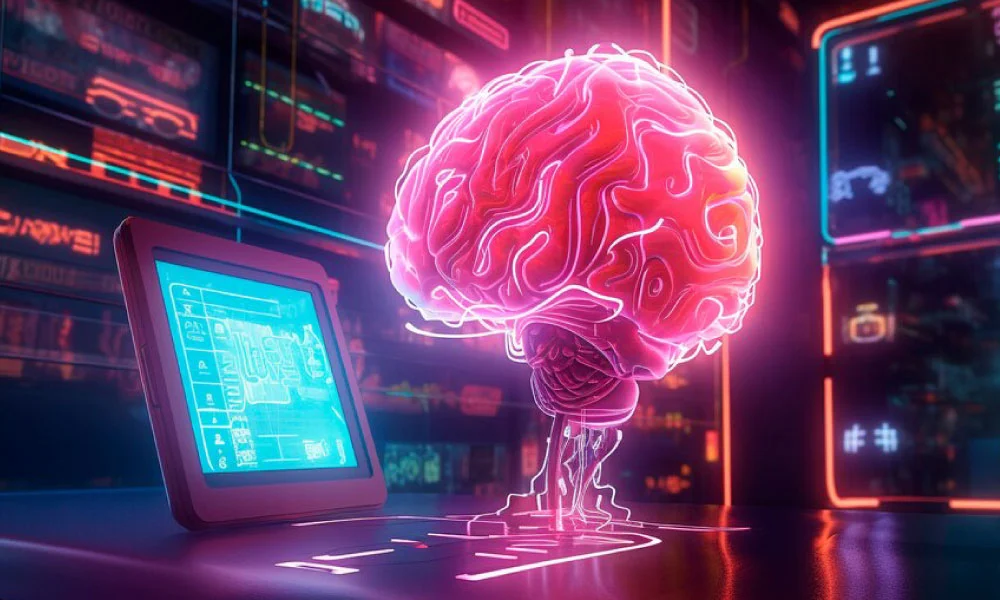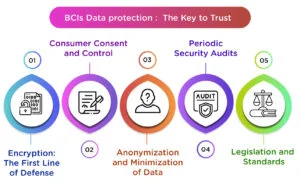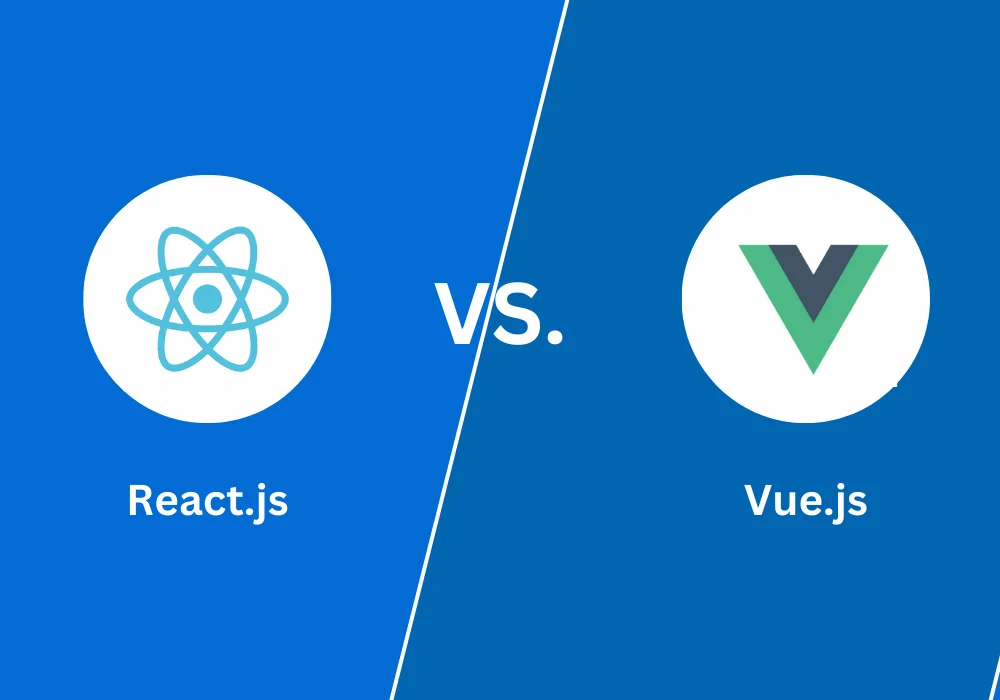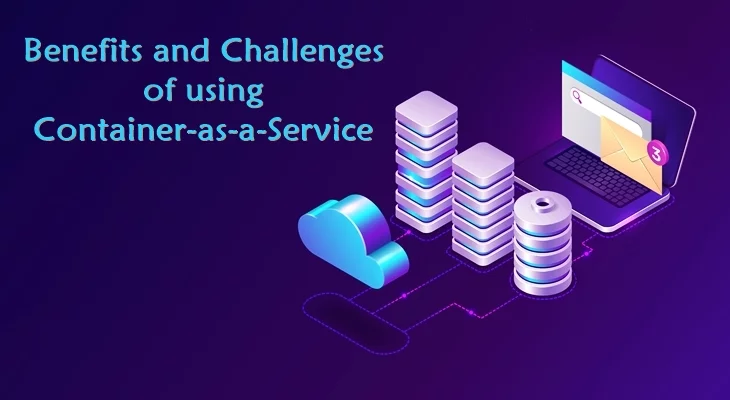Imagine a world where you can control your digital devices with your thoughts. Then it can be a computer, phone, any medical device such as prosthetic limb, and others. This is quite fascinating but not a fantasy anymore. As it is possible with brain-computer interfaces (BCIs). With this interface, we are able to make direct connections between our brains and technology.
BCIs are changing how we use devices. It provides new possibilities for people with disabilities, enhances brain functions, and can help to improve our daily lives. But there are some challenges with these innovations which we need to address and that is keeping our data safe.
What is a Brain-Computer Interface?
A brain-computer interface is a system that allows your brain to communicate directly with a device. It picks up electrical signals from the brain and translates them into commands to control devices. This includes moving a cursor on a screen, helping people who are paralyzed and operate a wheelchair, or even restoring lost sensory functions like vision.
There are two basic forms of BCIs:
Invasive BCIs: The electrode implants directly into the brain tissue to capture the signals. This type is more accurate, but it has medical risks such as infections and damage to the cells of the brain.
Non-invasive BCIs: This type places sensors on the scalp much like an EEG to capture the signals. They are safer but less precise in nature.
The Threat to Personal Data
BCIs may go beyond the control of devices, they may also grab the highly sensitive information related to your brain activity, emotions, or even thoughts. This is where the potential danger lies. Hackers might try to break into brain-computer interfaces (BCIs) to steal personal information. For example, imagine a hacker not just knowing what you are doing but also what you are thinking.
BCIs can be used to monitor mental states, and if such information is not protected properly, they might be sold or used for manipulative purposes. Imagine how companies might use your mental state to target you with ads or how governments could misuse this data for surveillance. It sounds a bit scary, but it is a serious concern. To overcome this issue, we need to be aware of such dangers as we explore exciting possibilities of BCIs.
Data Protection: The Key to Trust
Data protection has to be the priority of BCIs for widespread adoption. Users need to feel secure and not have their thoughts or mental states exposed without consent. So, how do we keep the data generated by BCIs properly protected?
1. Encryption: The First Line of Defense
Just as we encrypt data for safety while sending online communications, the data sent through BCIs should be encrypted in very secure encryption techniques so that even if intercepted, it is impossible to read or misuse.
Encryption should be deployed in the way data is transmitted and in data storage. Whether it sits in a cloud server or any local device, encrypted storage would mean that even if hackers breach that system, they will find nothing to take because of the protected information.
2. Consumer Consent and Control
Control over one's data is the most critical aspect of data protection. The system should always seek clear consent from the user before any BCI is used. The consent should not be a one-time agreement, it should be an ongoing process, where users should know what data is collected and how it is being used.
In addition, there should be features like transparency and control over data, that will allow users to delete their data if they wish to. This level of transparency and control is key to building trust between users and BCI providers.
3. Anonymization and Minimization of Data
To reduce the risk of data misuse, BCIs should prioritize data anonymization. This implies that personally identifiable information must be removed from the data before it is either stored or shared. The practice of data minimization is also critical, the data must only be taken when it is absolutely needed to run the device. For example, when using a BCI to help someone who will be using it to assist the movement of a cursor on the screen, details regarding the user’s feelings or thoughts should not be collected.
4. Periodic Security Audits
Independent parties should conduct regular security audits to ensure BCIs are secure. The audits will test the system to check the weaknesses and will make sure that the data protection measures are up to date with evolving threats. It will be like a check-up of a BCI system to find out everything is safe for the user.
5. Legislation and Standards
Along with companies, governments, and regulatory bodies also have a responsibility to protect user data. We need clear laws and regulations that govern the use of BCIs. There should be laws for companies that must follow strict rules to protect user’s data otherwise they have to pay penalties in case of data leakage.
As BCIs become more common we need to make sure everyone has the same high standards for data privacy and security. Just like GDPR is for general data protection in Europe, we may require specific laws for brain data, as it will be unique to the issues involved.
The Road Ahead
The possibilities of BCIs are exciting, as it provides new opportunities for people with disabilities, increases brain power, and changes how we interact with technology. As we move forward, the security of our minds must be prioritized. It is important for BCI to keep data protection as a top priority so that it can gain the trust of people.
We are entering an era where the line between our minds and machines is becoming less clear. If we can create systems that are safe, transparent, and respect user privacy, we can unlock a future where BCIs empower everyone, without risking our right to keep our thoughts private.
What do you think? Would you trust a BCI with your brain data? Share your thoughts in the comments below!
Explore KnowledgeNile for more informative blogs!
FAQ
1. What are brain-computer interfaces used for?
A. Brain-computer interfaces (BCIs) are used to help people control devices with their thoughts. They can assist those with disabilities in moving wheelchairs, typing on computers, or even restoring lost senses like sight.
2. What is the interface between the brain and the computer?
A. The interface between the brain and computer is a system, which collects electrical signals from the brain. It translates these signals into commands that control devices, allowing direct communication between our thoughts and technology.
3. What are privacy concerns with BCI?
A. Privacy concerns with BCIs include the risk of sensitive brain data being accessed by hackers. There is also worry about how companies or governments might misuse personal information about our thoughts and feelings.
4. What are the limitations of BCI?
A. The limitations of BCIs include accuracy issues, especially with non-invasive types that use sensors on the scalp. They can also be expensive and may require surgery for invasive options, which carries health risks.
Recommended for You:
What Is Sensitive Data? Top 10 Essential Tips on Keeping Your Business Information Secure
A Timeline of OpenAI’s Technology and History: How OpenAI Changed the World






